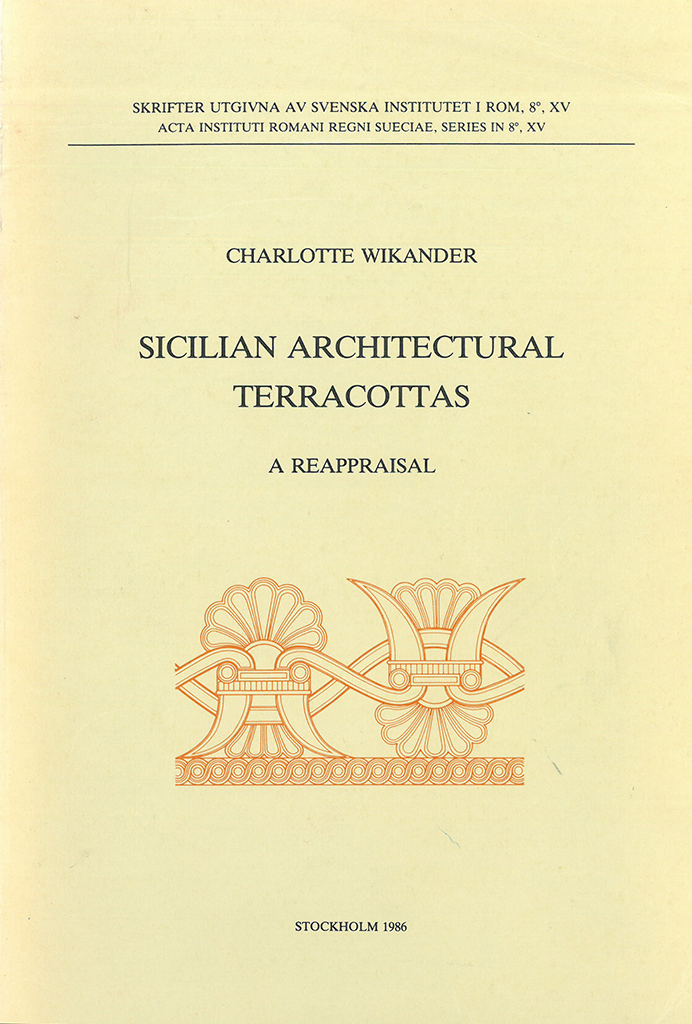Opuscula is published by the Swedish Institutes at Athens and Rome, with the aid of a grant from the Swedish Research Council. Distributed by Eddy.se AB. View journal at ERIH PLUS. All content available with open access. Loom weights in Archaic South Italy and Sicily: Five case studies By Hedvig Landenius Enegren Abstract Textiles are perishables in the archaeological record unless specific environmental conditions are met. Fortunately, the textile tools used in their manufacture can provide a wealth of information and via experimental archaeology make visible to an extent what has been lost. The article presents and discusses the results obtained in a research project focused on textile tool technologies and identities in the context of settler and indigenous peoples, at select archaeological sites in South Italy and Sicily in the Archaic and Early Classical periods, with an emphasis on loom weights. Despite a common functional tool technology, the examined loom weights reveal an intriguing inter-site specificity, which, it is argued, is the result of hybrid expressions embedded in local traditions. Experimental archaeology testing is applied in the interpretation of the functional qualities of this common artefact. Bibliographical information Hedvig Landenius Enegren, ‘Loom weights in Archaic South Italy and Sicily:…
Published by the Swedish Institute of Classical Studies in Rome. Distributed by Astrom Editions. Sicilian architectural terracottas. A reappraisal By Charlotte Wikander Abstract The study of the architectural terracottas of Sicily, like that of architectural terracottas as a whole, has gained momentum through the recent finds of early terracotta production in Central Italy (Acquarossa and Poggio Civitate). These finds call for a reevaluation of the early period and subsequent development of this particular craft, where the situation in, and influences to and from, different geographical areas are examined. The architectural terracottas of Sicily must necessarily be an important part of such studies; the present work is aimed at facilitating this through a collection, as thorough as possible, of material hitherto very disparately presented (Catalogue). The practical possibilities of contrasting and comparing different assemblies are considered of paramount importance, hence the inclusion of schematized drawings in consistent scale to as great an extent as possible. A short analytical summary discusses the different members; the roofs treated are all of the type with lateral, as well as raking simas. Antefix roofs are not included in the discussion, which starts with the earliest type of sima (Himera, Grammichele, Syrakusai) and goes on to…


